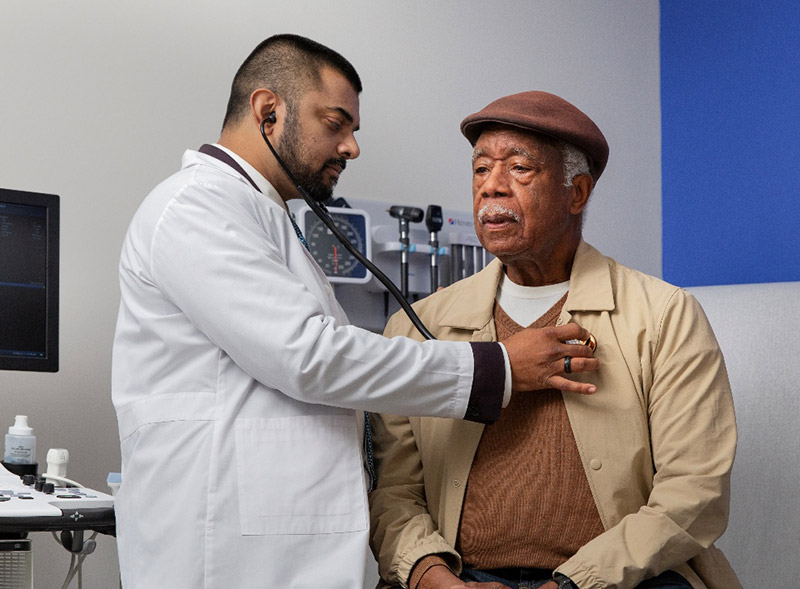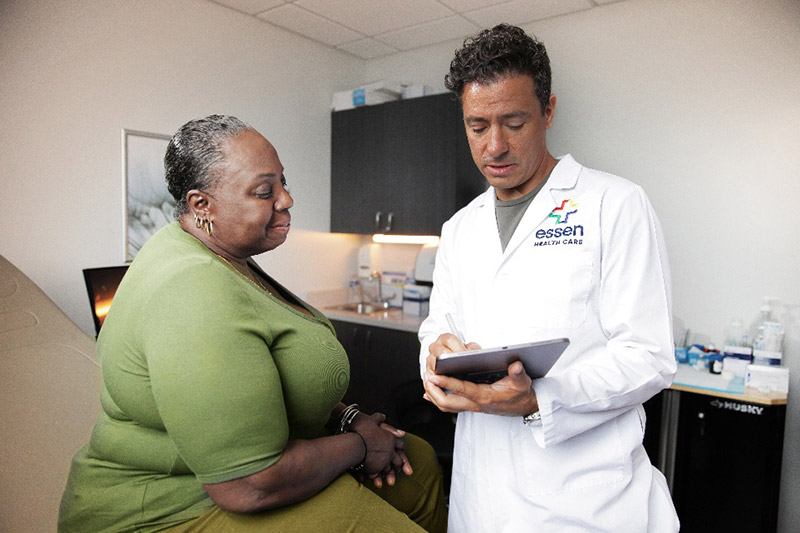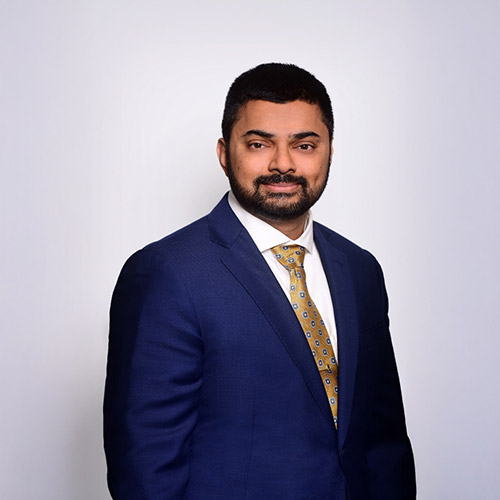
Stop a Stroke Before It Starts: Prevention Tips from Dr. Shankar
May is stroke awareness month—a time to shine a spotlight on one of the leading causes of death and disability in the United States. While strokes can be sudden and life-altering, the good news is that many are preventable. You can take meaningful steps to protect your health with the right knowledge and proactive care.
Dr. Ananth Shankar, MD, EMBA, Cardiologist and Medical Director of Cardiology at Essen Health Care, brings extensive experience in heart and vascular health. He has helped countless patients manage their cardiovascular risk and live healthier lives.
In this article, Dr. Shankar shares insight into what causes strokes and how to prevent them. Whether you have risk factors like high blood pressure or want to take better care of your heart, this guide is for you.
Understanding a Stroke: A Silent Emergency
A stroke occurs when blood flow to a part of the brain is interrupted or reduced, preventing brain tissue from receiving the oxygen and nutrients it needs. When this happens, brain cells begin to die within minutes, leading to sudden and often severe symptoms.
Just as allergies result from the body’s response to specific triggers, strokes are often the result of underlying health conditions and lifestyle factors that place stress on your heart and blood vessels.
Dr. Shankar shares that the most common types of strokes and the contributing risk factors:
Types of Strokes:- Ischemic Stroke – This is the most common type, caused by a clot or obstruction in a blood vessel leading to the brain.
- Hemorrhagic Stroke – Caused by bleeding in the brain due to a ruptured blood vessel, often linked to uncontrolled high blood pressure.
- Transient Ischemic Attack (TIA) – Often called a “mini-stroke,” this is a temporary blockage that resolves quickly but is a serious warning sign for future strokes.
Common Risk Factors:
This is the #1 cause of stroke. It can silently damage blood vessels until a crisis occurs.
Leads to plaque buildup in arteries, restricting blood flow to the brain.
Increases stroke risk by accelerating damage to blood vessels.
An irregular heartbeat that can lead to clot formation and ischemic stroke.
Damages the vascular system and raises blood pressure.
These increase the risk of hypertension, diabetes, and high cholesterol.
The good news is that many of these risk factors can be managed through preventive care and lifestyle changes. By becoming aware of your risk and making small, consistent improvements to your health, you can reduce your chances of having a stroke.

Stroke Prevention: What You Can Do Starting Today
While a stroke can happen suddenly, the steps to prevent one start well before any symptoms appear, often, most strokes are preventable with a combination of lifestyle choices, medical care, and monitoring your health.
Dr. Shankar outlines the steps you can take to ensure you are on the right track:
- Monitor Your Blood Pressure: Know your numbers. If it’s high, work with your doctor to bring it down through diet, exercise, or medication.
- Stay Active: Just 30 minutes of moderate activity daily can improve circulation and heart health.
- Eat for Your Heart: Reduce salt, sugar, and saturated fats. Increase fruits, vegetables, whole grains, and healthy fats.
- Quit Smoking: Seek support if needed—your brain and heart will thank you.
- Manage AFib and Diabetes: Work with your healthcare provider to control blood sugar and heart rhythm.
- Take Prescribed Medications: Consistently, especially if you’re taking blood thinners, cholesterol medications, or blood pressure medications.

Recognizing Stroke Symptoms: Act FAST
When it comes to a stroke, every second counts. The faster you recognize the signs and call for help, the greater the chance of survival and recovery. Knowing the FAST acronym is a simple way to remember the most common warning signs of a stroke:
- F – Face Drooping Does one side of the face look uneven or feel numb? Ask the person to smile—does it appear lopsided?
- A – Arm Weakness Is one arm weak or numb? Ask the person to raise both arms. Does one drift downward?
- S – Speech Difficulty Is speech slurred or hard to understand? Can the person repeat a simple sentence correctly?
- T – Time to Call 911 If you notice any of these signs, even if they go away, call 911 immediately. Don’t wait—quick action saves lives.
Take Charge of Your Stroke Risk Today
Understanding the different types of strokes—ischemic, hemorrhagic, and transient ischemic attacks (TIAs)—is the first step in knowing how to protect your health. Each type presents unique dangers, but all share a common thread: early action saves lives.
The most common stroke risk factors, including high blood pressure, high cholesterol, diabetes, atrial fibrillation, smoking, and physical inactivity, can often be managed or even prevented with the right lifestyle choices and medical support. The encouraging news is that most strokes are preventable, and small changes today can lead to a healthier future.
In the Bronx, we face unique challenges but have strong solutions. At Essen Health Care, we’ve built stroke prevention into the foundation of our cardiovascular care model. From managing high blood pressure to evaluating symptoms with tools like vascular ultrasound and EKG, we’re committed to protecting your health.
As your local cardiology team, we’re not just here to treat disease—we’re here to prevent it. Whether you’re managing a known condition or simply want a checkup, we welcome you to take that first step.
Book your appointment today and let’s stop a stroke before it starts.
About Dr. Shankar

Dr. Ananth Adurthy Shankar, MD, EMBA, FACC, RPVI, is a board-certified cardiologist and the Medical Director of Cardiology at Essen Health Care. He earned his medical degree from Maulana Azad Medical College, Delhi University, and completed his residency, chief residency, and cardiology fellowship at SUNY Upstate Medical University in Syracuse, NY. At Essen Health Care, Dr. Shankar leads a dedicated team in providing comprehensive cardiac care, emphasizing prevention, patient education, and the management of complex cardiovascular conditions.